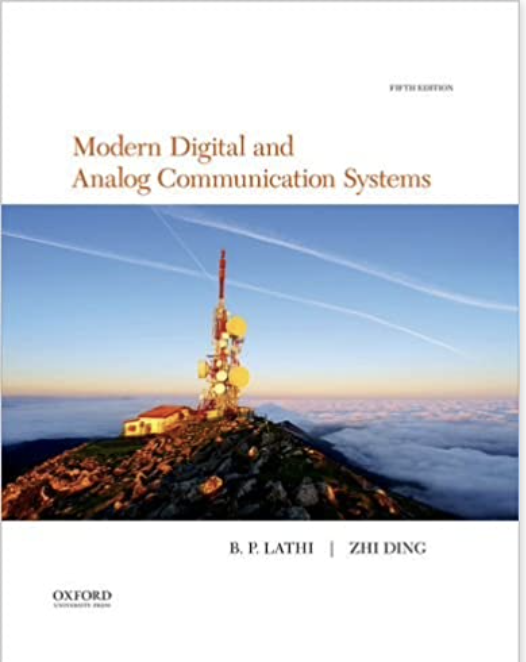Course Information
Overview
This course covers the fundamental principles underlying the analysis, design and optimization of analog and digital communication systems. Design examples will be taken from the most prevalent communication systems today: cell phones, Wi-Fi, radio and TV broadcasting, satellites, and computer networks. Analysis techniques based on Fourier transforms and energy/power spectral density will be developed. Mathematical models for random variables and random (noise) signals will be presented, which are used to characterize filtering and modulation of random noise. These techniques will then be used to design analog (AM and FM) and digital (PSK and FSK) communication systems and determine their performance over channels with noise and interference. Prerequisite: 102A.
Class Time and Location
MWF 4-5
Room 104 Green Earth Sciences Building
Grading
Weekly homework and labs (40%)
Midterm Project (20%)
Final Project (40%)
Assignments and Labs
Assignments will be handed out on Fridays, and due a week later. The assignments include both problem sets and labs. You are welcome to work in groups, but we ask you to write up your own solutions.
The labs will use Matlab and will involve acquiring RF data with a USB software-defined radio (SDR) that we will give to you. You will need to install public domain software to use the SDR. We will also provide captured data if you have trouble acquiring real data.
Textbook
The recommended textbook is

Modern Digital and Analog Communication Systems, 5th Edition
B.P. Lathi and Z. Ding
Amazon.com link
MATLAB
Available to Stanford students for free. The instructions for installing are here.